
Welcome to our in-depth article on VR gaming development. In this guide, we will delve into the key insights and expert techniques for all aspects of game design, programming, art, sound, testing, monetizing, marketing, and distribution.
Whether you're a seasoned developer or just starting out, this comprehensive guide aims to provide you with the technical, creative, and detail-oriented knowledge needed to succeed in the dynamic world of virtual reality gaming.
Get ready to unlock the secrets to crafting immersive and captivating VR experiences.
VR Game Design Techniques
In the realm of VR game design, developers must employ a diverse range of techniques to create immersive and captivating experiences for players. One of the key aspects of VR game design is the user experience (UX). Designers must carefully consider how players interact with the virtual environment and ensure that the controls and interactions feel natural and intuitive.
This involves implementing VR game mechanics that allow players to move, interact with objects, and perform actions within the virtual world. Whether it's using hand gestures, motion controllers, or even eye tracking, the goal is to create a seamless and immersive experience that transports players into the game world.
VR Game Programming Tips
Developers must utilize various programming techniques to ensure smooth and immersive gameplay in VR games, building upon the foundation laid by the design choices discussed earlier.
Here are some tips for optimizing VR game programming and enhancing game mechanics:
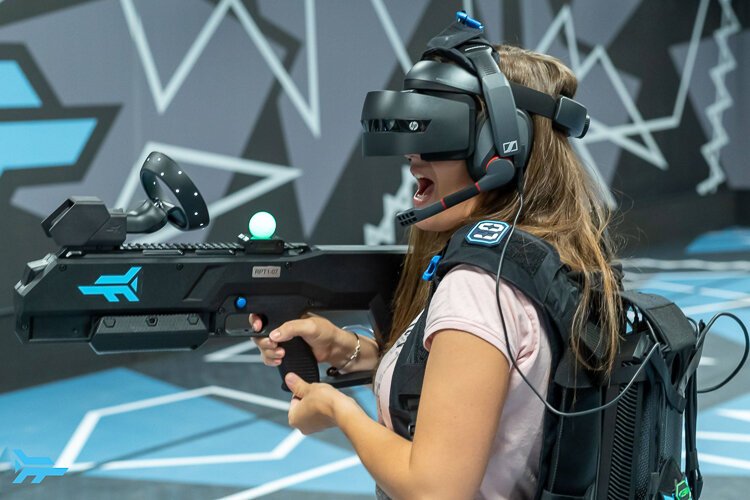
- Implement efficient rendering techniques to maintain a high frame rate and reduce motion sickness.
- Utilize predictive tracking algorithms to minimize latency and ensure accurate head tracking.
- Optimize collision detection and physics simulations for realistic interactions and responsive gameplay.
- Implement adaptive graphics settings to accommodate different VR hardware capabilities.
- Utilize audio spatialization techniques to create an immersive audio experience that complements the VR visuals.
VR Game Art Strategies
To enhance the visual experience of VR games, implementing effective art strategies is crucial in creating immersive virtual environments. VR game art optimization plays a significant role in ensuring that the game runs smoothly and offers a high-quality visual experience. This involves techniques such as reducing polygon counts, optimizing textures, and implementing efficient rendering techniques.
Additionally, choosing the right art style is essential for creating a compelling VR experience. Different art styles can evoke different emotions and enhance immersion. Some popular VR game art styles include realistic, stylized, and abstract. Realistic art styles aim to replicate real-world visuals, while stylized art styles add a unique and artistic touch to the virtual environment. Abstract art styles, on the other hand, focus on creating unconventional and visually striking visuals.
VR Game Sound Techniques
Implementing effective sound techniques is essential in creating an immersive virtual reality gaming experience. VR game audio immersion and spatial audio are crucial elements that can greatly enhance the player's sense of presence and immersion. Here are five techniques that game developers can utilize to evoke emotion in the audience:
- Ambisonic audio: By capturing and reproducing sound in 360 degrees, ambisonic audio creates a realistic and immersive sonic environment.
- Dynamic audio mixing: Adjusting the volume and spatial position of sounds in real-time based on the player's actions and position enhances the sense of realism and engagement.
- Binaural audio: This technique simulates the way humans perceive sound, creating a 3D audio experience that enhances the feeling of being present in the virtual world.
- Environmental sound design: Carefully crafting the soundscape to match the virtual environment, including ambient sounds, footsteps, and environmental effects, creates a more believable and immersive experience.
- Interactive sound effects: Incorporating interactive sound effects that respond to the player's actions and interactions adds depth and interactivity to the virtual reality gaming experience.
VR Game Testing Best Practices
One important aspect of VR game development is ensuring proper testing procedures are followed to optimize the gaming experience.
VR game testing presents unique challenges due to the immersive nature of virtual reality and the need for precise tracking and motion controls.
QA testing for VR games requires a comprehensive approach that covers various aspects such as user interface, gameplay mechanics, graphics, sound, and performance.
Testers need to evaluate the game's compatibility with different VR platforms and hardware configurations to ensure a seamless experience for players.
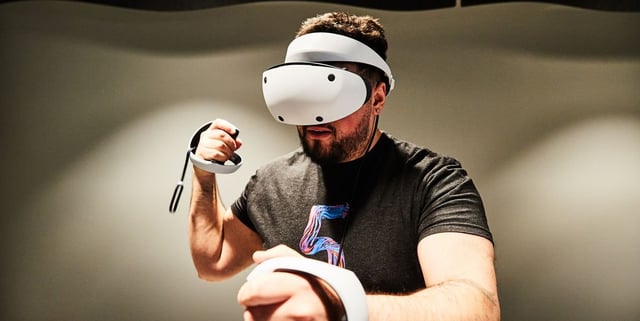
They also need to pay attention to potential motion sickness issues and identify any bugs or glitches that may occur specifically in VR environments.
Monetizing VR Games
A key aspect in the development of VR games is monetization. As the industry continues to grow, developers are exploring various strategies to generate revenue from their virtual reality experiences.
Here are five techniques for monetizing VR games:
- In-app purchases for VR games: This allows players to make additional purchases within the game, such as new levels, characters, or virtual items.
- Virtual currency systems in VR gaming: Developers can create their own virtual currencies that players can earn or purchase, providing them with a sense of progression and customization.
- Subscription models: Offering subscription-based access to premium content or exclusive features can provide a steady stream of revenue for developers.
- Advertising: Integrating non-intrusive advertisements within VR games can be an effective way to generate income, especially if the game has a large player base.
- Merchandising and cross-promotion: Developers can leverage their VR game's popularity by selling merchandise or partnering with other brands to cross-promote products.
VR Game Marketing Strategies
To effectively promote and boost the visibility of their VR games, developers must employ strategic marketing techniques.
One such technique is forming influencer partnerships. By collaborating with influential individuals in the gaming industry, developers can tap into their large and engaged audience to generate buzz and interest in their VR games.
These partnerships can involve influencers creating content, such as gameplay videos or reviews, that showcase the unique features and gameplay experience of the VR game.
Additionally, social media advertising is another powerful tool for marketing VR games. Platforms like Facebook, Instagram, and Twitter offer targeted advertising options that allow developers to reach a specific audience interested in VR gaming.
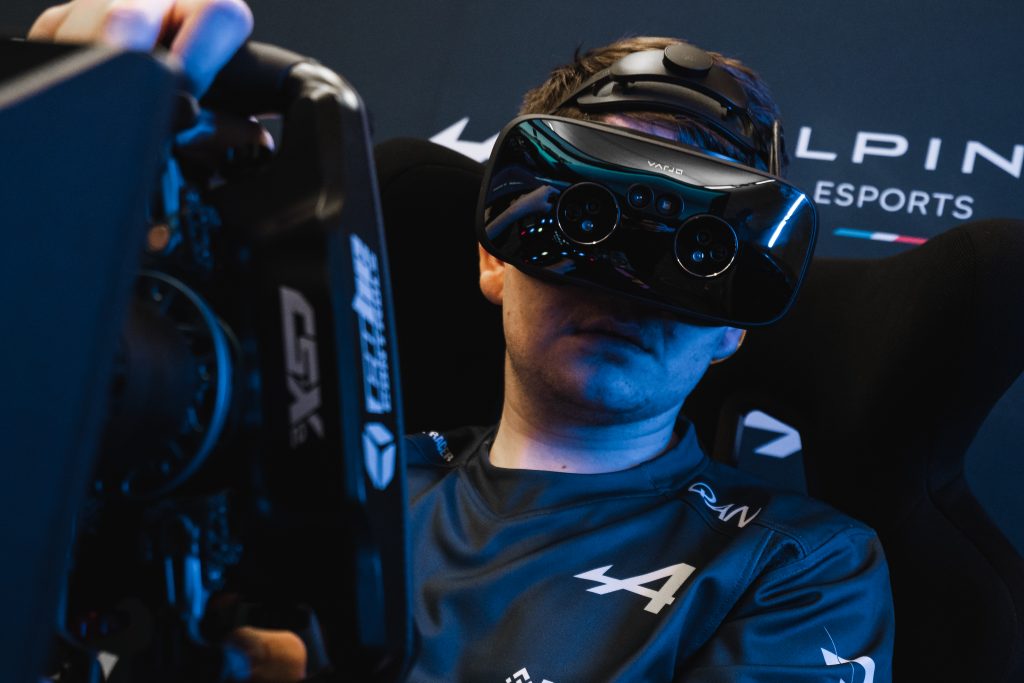
VR Game Distribution Methods
VR game distribution methods play a crucial role in reaching the target audience and ensuring a seamless user experience.
Two primary methods, storefronts and direct downloads, offer distinct advantages and challenges. Storefronts provide a centralized platform for users to discover and purchase games, while direct downloads offer developers more control over distribution and revenue.
Additionally, cross-platform compatibility is a key consideration to maximize accessibility and reach a wider audience.
Storefronts Vs. Direct Downloads
One popular method of distributing VR games is through online storefronts or direct downloads. Each method has its own pros and cons, which can impact the overall distribution process. Here are some key points to consider:
- Digital Storefronts:
- Pros:
- Wide reach and exposure to a large user base.
- Built-in marketing and promotional features.
- Simplified purchasing process for users.
- Cons:
- Revenue sharing with the storefront platform.
- Limited control over pricing and discounts.
- Competition with other games on the storefront.
- Direct Downloads:
- Pros:
- Complete control over pricing and distribution.
- Direct relationship with players, allowing for personalized marketing.
- Potentially higher profit margins.
- Cons:
- Increased risk of piracy.
- Limited exposure and marketing compared to storefronts.
- Additional responsibility for handling payments and customer support.
Careful consideration of these factors is necessary to make an informed decision on which distribution method aligns best with the game's goals and target audience.
Continuing the discussion from the previous subtopic, it is essential to carefully consider cross-platform compatibility when determining VR game distribution methods.
VR game optimization plays a crucial role in ensuring that games can run smoothly on various platforms, such as Oculus Rift, HTC Vive, PlayStation VR, and Windows Mixed Reality. Developers must take into account the specific hardware requirements of each platform and optimize their games accordingly.
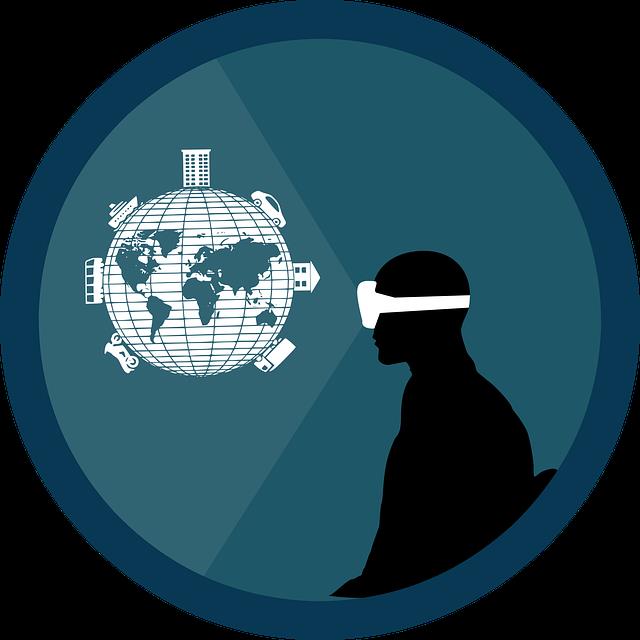
This includes optimizing graphics, audio, and gameplay mechanics to ensure optimal performance and user experience on different VR systems.
By prioritizing cross-platform compatibility, developers can reach a wider audience and allow players the freedom to choose their preferred VR platform without compromising the quality of the gaming experience.
Additionally, considering cross-platform compatibility early in the development process can save time and resources in the long run.
Frequently Asked Questions
What Are the Hardware Requirements for Developing VR Games?
Developing VR games presents challenges, including hardware requirements. To create immersive experiences, developers need powerful computers, VR headsets, and controllers. VR game development tools can assist in optimizing performance and enhancing gameplay.
To ensure smooth gameplay in VR games, optimizing graphics and reducing latency are crucial. By fine-tuning rendering techniques, optimizing asset load times, and minimizing CPU and GPU overhead, developers can enhance performance and deliver an immersive gaming experience.
Virtual reality game distribution is a crucial aspect of the industry. Popular platforms for distributing VR games include Oculus Store, SteamVR, PlayStation VR, and HTC Viveport. Best practices for VR game monetization involve offering a variety of pricing options and implementing in-game purchases.
Are There Any Specific Legal Considerations When Developing and Distributing VR Games?
Legal implications and copyright protection are crucial considerations when developing and distributing VR games. Developers must navigate intellectual property laws, licensing agreements, privacy regulations, and potential liability issues to ensure compliance and protect their creations.
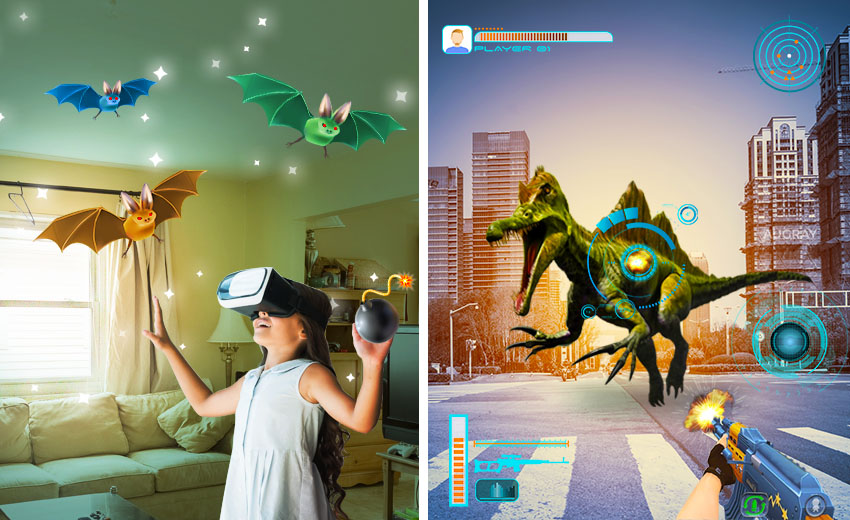
How Can I Effectively Market My VR Game to Reach a Wider Audience?
To effectively market a VR game and reach a wider audience, it is essential to employ social media strategies and establish influencer partnerships. These techniques can help generate buzz, increase visibility, and attract potential players to the game.
 Business & FinanceHealth & MedicineTechnologyLifestyle & CultureScience & EnvironmentWorld NewsPrivacy PolicyTerms And Conditions
Business & FinanceHealth & MedicineTechnologyLifestyle & CultureScience & EnvironmentWorld NewsPrivacy PolicyTerms And Conditions
